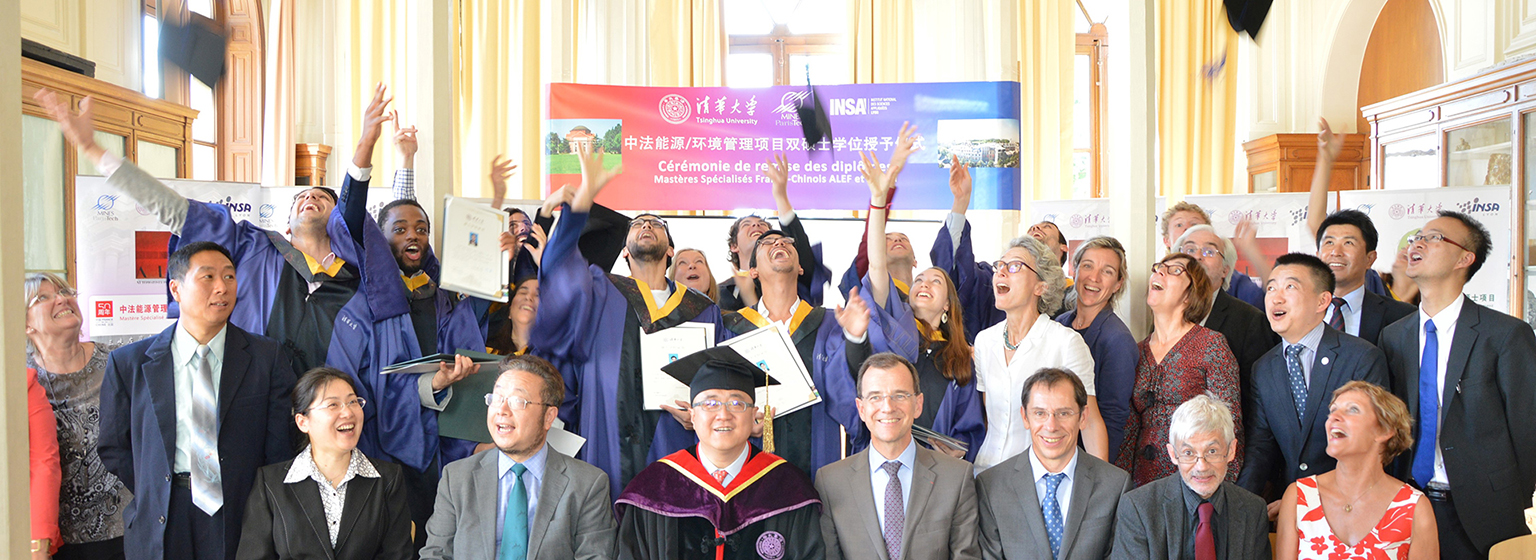课程编号:80050253
课程名称:全球环境问题Global Environmental Issues
课程学时:48
课程学分:3
授课语言:英文
课程简介:本课程将针对全球气候变化、持久性有机污染物、危险废物越境转移和国际化学品管理、生物多样性及其保护、全球和区域大气污染传输等5个全球环境问题分专题进行授课和研讨。 针对全球气候变化问题,本课程将介绍全球气候变化的科学事实和成因、全球气候变化的影响与适应、减缓全球气候变化的社会经济影响、联合国气候变化框架公约及其谈判进程、全球碳市场、全球能源问题等内容,并就上述内容中的热点问题组织专题讨论。 针对持久性有机污染物这一全球环境问题,本课程将介绍其起源、POPs的特点与全球迁移过程、POPs公约的形成过程、公约中主要受控POPs物质、公约规定的主要义务、发展中国家的履约障碍、发达国家的资金与技术援助义务、公约发展动向与主要问题,并重点对新POPs增列问题展开研讨。 针对危险废物越境转移和国际化学品管理问题,本课程将围绕相关的国际公约进行介绍、分析和讨论。在对危险废物的基础知识进行介绍的基础上,讲授分析巴塞尔公约的起源、内容和发展趋势,其中重点讲授巴塞尔公约的热点问题。同时还将对鹿特丹公约的主要内容、国际化学品管理战略方针以及废物和化学品公约与其他国际环境问题的关联进行分析,并对上述内容的热点问题进行讨论。 关于生物多样性及其保护部分,本课程将让学生了解全球的生物多样性及其保护状况,以及全球气候变暖和人类活动对生物多样性的影响。课程内容将包括:生物多样性概要(包括定义、全球的状况、中国的状况)、生物多样性的重要性、生物多样性的受胁状况和威胁因素、生物多样性评价、气候-能源和生物多样性关系、当前生物多样性的研究趋势。 关于全球和区域大气污染传输部分,本课程主要围绕区域性臭氧、细粒子、汞、酸沉降等大气环境问题的污染特征、来源、传输和化学转化进行介绍、分析,并就当前研究的热点问题展开讨论。课程内容将包括:全球和区域大气污染物排放状况、全球和区域臭氧、细粒子、汞、酸沉降的污染特征及其变化趋势、半球大气污染物的跨境传输与化学转化、区域大气污染控制对策、当前的研究热点和趋势等。
This course will target five global environmental issues, including global climate change, persistent organic pollutants, transboundary movements of hazardous waste and international chemicals management, biodiversity and its conservation, and global and regional air pollution transport, in thematic sessions and seminars.
For each issue, the course will cover its basic scientific evidence and courses, the impacts and responding measures, the associated social and economic impacts of both the issues and its potential responding measures, the international governance and actions for addressing the challenge, and so on. Several discussion topics will be identified for active engagement of students in the course each of aforementioned issue.
(1) To address the issue of global climate change, this course will introduce the scientific facts and causes of global climate change, the impacts of global climate change and adaptation, the socio-economic impacts of mitigating global climate change, the United Nations Framework Convention on Climate Change and its negotiation process, the global carbon market, and global energy issues, and organize discussions on the hot issues in the above-mentioned contents.
(2) On POPs issue, this course will introduce the origins of POPs as a global environmental problem, the characteristics and global transport of POPs, the formation of the POPs Convention, the main controlled POPs substances in the Convention, the main obligations under the Convention, the obstacles to compliance in developing countries, the financial and technical assistance obligations of developed countries, the development trends and main issues of the Convention, and focus on the new POPs listing.
(3) This course introduces, analyzes and discusses the international conventions related to transboundary movements of hazardous wastes and international chemicals management. Based on the introduction of basic knowledge of hazardous waste, the course will analyze the origin, content and development trend of the Basel Convention, with emphasis on the hot issues of the Basel Convention. The main elements of the Rotterdam Convention, the Strategic Approach to International Chemicals Management, and the relevance of waste and chemicals conventions to other international environmental issues will also be analyzed, and topical issues of the above elements will be discussed.
(4) Regarding the section on biodiversity and its conservation, this course will provide students with an understanding of global biodiversity and its conservation status, as well as the impact of global warming and human activities on biodiversity. The course covers an overview of biodiversity (including definitions, global status, and China's status), the importance of biodiversity, biodiversity threats and threat factors, biodiversity assessment, climate-energy and biodiversity relationships, and current trends in biodiversity research.
(5) Regarding the global and regional air pollution transport, this course focuses on the pollution characteristics, sources, transport and chemical transformation of regional ozone, fine particles, mercury, acid deposition and other atmospheric environmental problems, and introduces and analyzes them, and discusses the hot issues of current research.
(6) On the topic of global and regional air pollution, this course will introduce air pollutant emission status, pollution characteristics of global and regional ozone, fine particles, mercury, acid deposition and their changing trends, cross-border transport and chemical transformation of hemispheric air pollutants, regional air pollution control countermeasures, current research hotspots and trends, etc.





